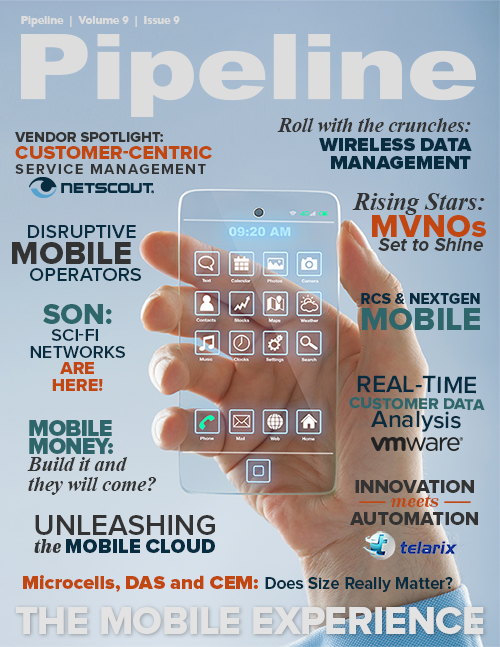Does Size Really Matter? Microcells, DAS and the Customer Experience
Compared to the average $2,000 approximate cost per pico cell, which need to be deployed every 2,000 to 3,000 square feet or so, you can buy plenty of picos before you approach the cost of a DAS base station.
Roman Nemish, president of TEKTELIC Communications, acknowledges that small-cell technology is, if not in its infancy, certainly in its childhood in terms of deployment, and that backhaul is the
barrier to wider adoption. The portability and ease of installation of small cells is offset by the cumbersome associated backhaul requirements. Nemish says there are three basic things you need to
make small cells work: A/C power, access to GPS and backhaul. While the A/C power is easy to find and GPS can be provided by a simple antenna, backhaul is still relegated to wireline technologies
like fiber and copper or microwave. As a result, deployment is spotty and usually done under trying circumstances.“I hear all of the talk about (residential) femtocells, but I don’t know anyone
using them, do you?” Spindler asks.In Asia, particularly in South Korea, small cells have been more widely adopted. Due to the country’s small size, it was able to run fiber to all of its light poles, providing a handy, already installed backhaul solution. Elsewhere, small cells are being sporadically deployed and tested but are also being blocked from taking hold while technology catches up to provide a better backhaul solution for operators.
“Microcells need to be deployed surgically, where you have a lot of user density at a given time,” says Nemish. “It’s taking a while to figure out the best way to deploy.”
In scenarios like outdoor shopping areas, where infrastructure buildout is problematic, microcells have a significant role to play. But in indoor, confined area scenarios, building infrastructure to support a DAS base station might make more sense.
“To the small-cell vendors of the world, we know what you want to hear, but what you need to hear is that the small-cell market simply isn’t going to explode, as many are predicting,” cautions Stéphane Téral, principal analyst for mobile infrastructure and carrier economics at Infonetics Research.
“The reality,” he adds, “is a majority of operators are still using distributed antennas in their mobile networks for coverage, and despite all the talk about using small cells to boost capacity in large venues, operators we interviewed believe DAS will remain a fundamental tool for malls, airports, stadiums, and
the like. Yes, small cells are poised to play a major role in 3G and 4G network expansion, but operators are going to pick the right tool for their needs, be it coverage, capacity or both [or] indoor, outdoor or both, and small cells aren’t always the right solution.
“The bottom line is small cells — I’m not talking about residential femtocells here — remain a tiny market compared to macrocells, and will take time to reach meaningful penetration.”





















